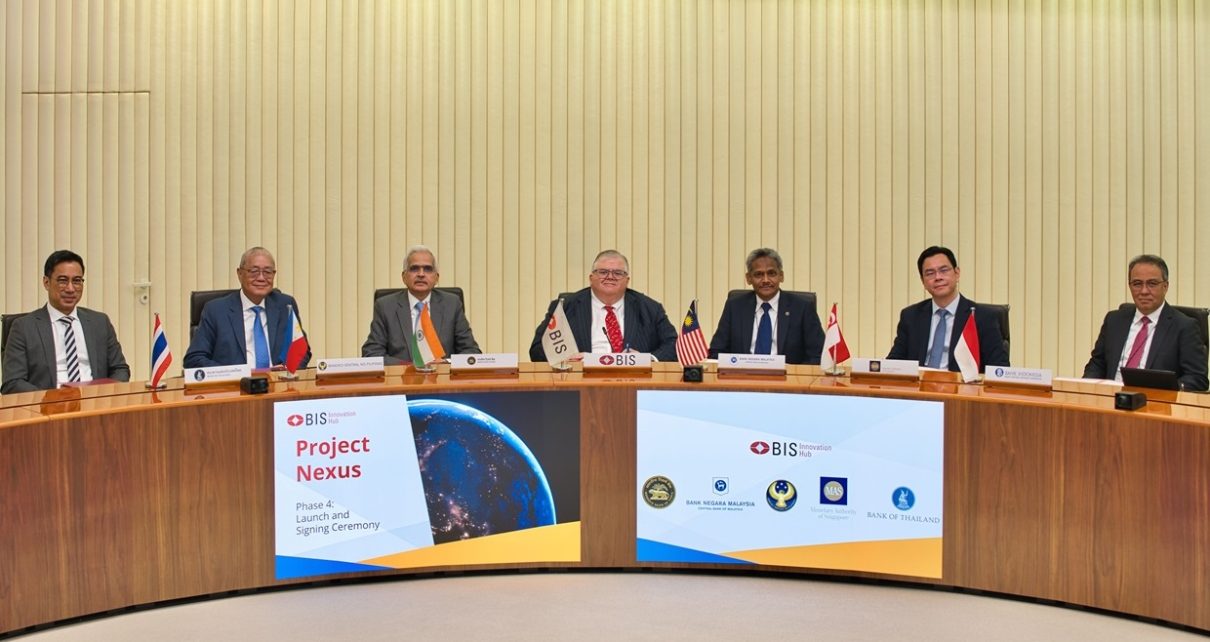The ASEAN region is on the brink of a financial revolution with the introduction of Project Nexus, an initiative aimed at enhancing the ASEAN cross-border payment system. This project seeks to interconnect the instant payment systems of member countries, facilitating seamless and efficient transactions across borders. By leveraging digital technologies and standardized QR codes, Project Nexus is set to redefine the landscape of cross-border payments in Southeast Asia.
The Genesis of Project Nexus
Project Nexus is a collaborative effort among ASEAN nations, spearheaded by central banks and financial institutions, to create a unified cross-border payment infrastructure. The project's primary goal is to link domestic instant payment systems, allowing for real-time transactions between countries. This initiative is particularly significant for countries like Indonesia, Malaysia, Singapore, Thailand, and the Philippines, which are actively participating in the project's development.
The project draws inspiration from existing systems like Indonesia's QRIS (Quick Response Code Indonesian Standard), which has successfully standardized QR code payments domestically. By extending this concept regionally, Project Nexus aims to replicate QRIS's success on a larger scale, promoting interoperability and efficiency across ASEAN's diverse financial ecosystems.
Enhancing Financial Integration and Economic Growth
The ASEAN cross-border payment system, as envisioned by Project Nexus, is poised to significantly enhance financial integration within the region. By enabling instant, low-cost transactions, the system will facilitate trade, tourism, and investment among member countries. This increased economic activity is expected to contribute to the region's overall economic growth and resilience.
Moreover, the system's emphasis on using local currencies for transactions reduces reliance on major foreign currencies, such as the US dollar. This shift not only mitigates exchange rate risks but also strengthens the monetary sovereignty of ASEAN nations. By promoting the use of local currencies, the ASEAN cross-border payment system supports the region's broader goals of economic independence and stability.
Technological Infrastructure and Implementation
The successful implementation of Project Nexus hinges on the development of robust technological infrastructure. Central to this is the integration of existing instant payment systems through a standardized platform. This platform will act as a hub, allowing each country's payment system to connect once and transact with all other connected systems. Such a model simplifies the process, reduces costs, and enhances scalability.
Security and compliance are also critical components of the system. The platform must adhere to stringent cybersecurity standards to protect users' data and financial information. Additionally, it must comply with each country's regulatory requirements, necessitating close collaboration among regulatory bodies to harmonize policies and procedures.
Challenges and the Road Ahead
While the prospects of Project Nexus are promising, several challenges must be addressed to realize its full potential. These include aligning the diverse regulatory frameworks of member countries, ensuring the interoperability of different technological systems, and fostering trust among stakeholders.
Public awareness and adoption are also crucial. Educating consumers and businesses about the benefits and usage of the ASEAN cross-border payment system will be vital for its widespread acceptance. Efforts must be made to promote digital literacy and confidence in the system's security and reliability.
Looking ahead, the successful deployment of Project Nexus could serve as a model for other regions seeking to enhance their cross-border payment infrastructures. By demonstrating the benefits of regional cooperation and technological innovation, ASEAN can position itself as a leader in the global movement towards more integrated and efficient financial systems.
Conclusion
Project Nexus represents a significant step forward in the evolution of the ASEAN cross-border payment system. By fostering greater financial integration, promoting the use of local currencies, and leveraging advanced technologies, the initiative has the potential to transform economic interactions within the region. As ASEAN countries continue to collaborate and innovate, Project Nexus stands as a testament to the power of regional cooperation in driving economic growth and development.
Read More






 Saturday, 13-12-25
Saturday, 13-12-25







